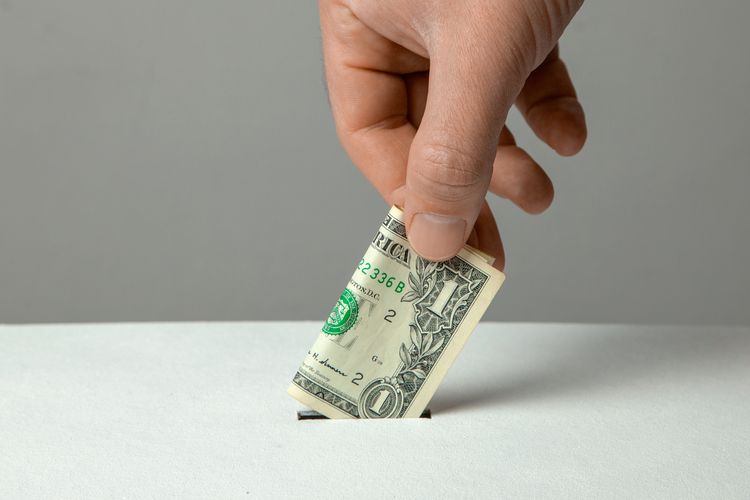Secured And Unsecured Loans Explained
Taking out a loan isn’t something that should be done lightly. With any loan, there’s a lot to consider: the loan amount, the interest rate, the repayment term, and the number of payments.
And there’s this to think about – all loans and lines of credit basically fall into one of two categories: secured vs. unsecured. Which type of loan you ultimately choose can depend on cost, responsibility, and accessibility.

What’s The Difference?
Secured and unsecured loans differ in several ways.
Secured loans tend to offer you better terms that could save you money but often come in exchange for your willingness to accept extra risk. A loan is considered “secured” when you agree to put up some form of collateral, which is an asset that the lender will be entitled to seize in the event that you fail to make your payments.
Collateral can include major possessions such as your car, your house, or even your savings. The lien, or legal claim, placed on your asset ensures that the lender can recoup the loan money if you’re unwilling or unable to pay your debts.
Should you choose to not put up collateral for a loan, you’ll need to apply for an unsecured loan. These types of loans usually come with higher interest rates and lower borrowing limits. Unsecured loans impose a higher level of risk on the lender, which will be reflected in fees and interest rates that will cost you more money.

Secured Loans
Types of secured loans include:
• Home Equity Loans/Home Equity Lines Of Credit – These loans allow you to borrow against the equity you’ve paid into your home.
• Mortgages – With a mortgage loan, your home becomes the collateral, and it can go into foreclosure if you default on your payments.
• Auto, Motorcycle, And Boat Loans – When you finance a car, motorcycle, or boat, that item is considered collateral, and it can be repossessed should you fail to make payments.

Unsecured Loans
Types of unsecured loans include:
• Student Loans – Because no one can confiscate your diploma, a lender can’t claim your education as collateral. But if you’re failing to make payments on a federal student loan, the government could opt to garnish your wages and assess additional penalties.
• Personal Loans – Personal loans are issued by banks, credit unions, and online lenders; what you use them for is up to you. Depending on your income and credit history, you might be eligible for a secured version that comes with better terms.
• Credit Cards – While the lender can’t lay claim to any of the items you purchased with your credit card, they can impose fees and take steps to freeze your card should you fail to make your minimum monthly payments.

Which Type Of Loan Is Better?
Secured loans offer two major advantages: accessibility and cost. Collateral can enable you to get a loan even if you have bad credit. In addition, the lender might be agreeable to giving you more money – and at a lower rate – than if you were looking to take out an unsecured loan.
It’s worth noting that most lenders are prepared to work with you if you’re experiencing difficulty making your loan payments; they would prefer not to invest an inordinate amount of time in foreclosing on a mortgage or repossessing a car. Lenders may be willing to renegotiate your payment plan to include smaller payments due over a longer period of time.
On the flip side, if you imply stop paying on your loan and make no provisions to make good on what you owe, the lender can assume possession of your collateral and impose additional financial penalties. On top of that, your credit score could be significantly damaged for years to come; that, too, will end up costing you.
